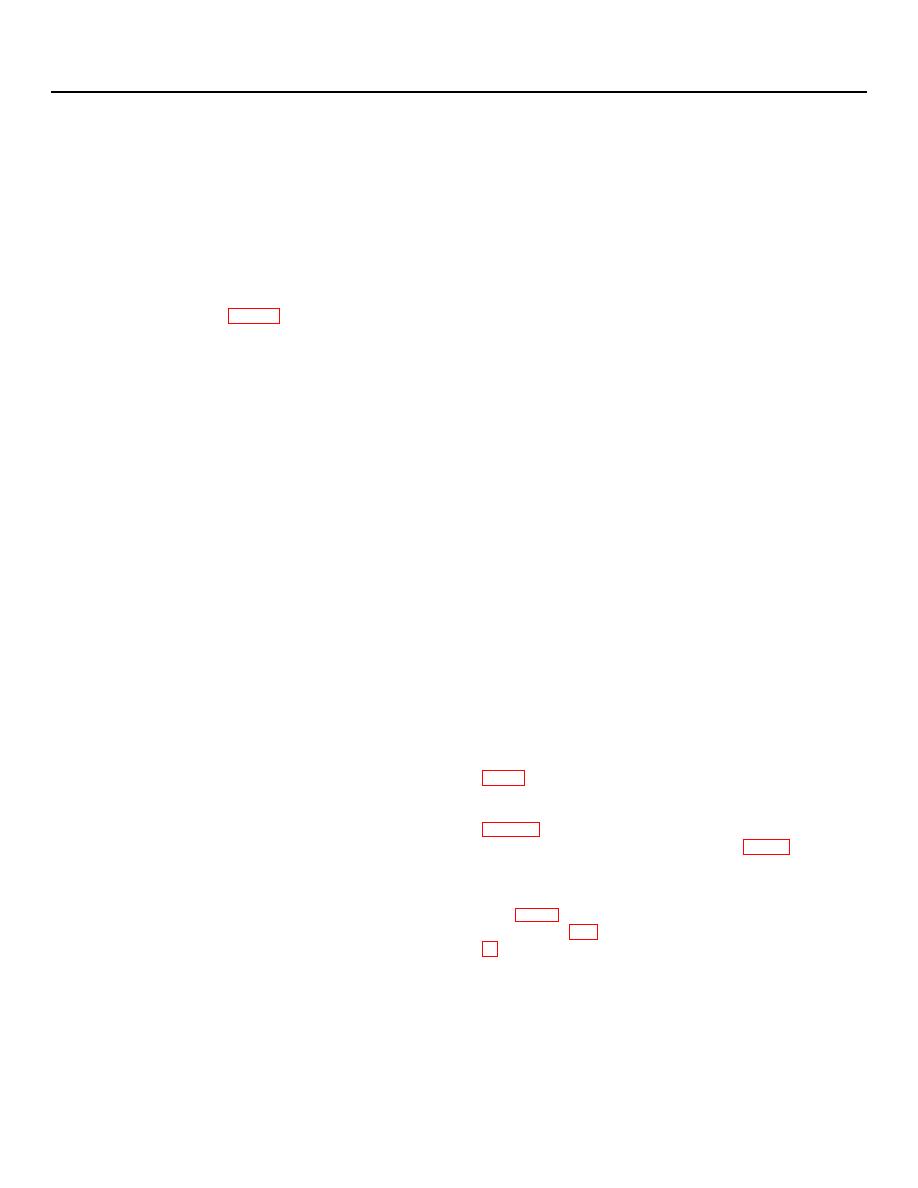 |
|||
|
|
|||
|
Page Title:
CHAPTER 2 OPERATING INSTRUCTIONS |
|
||
| ||||||||||
|
|
 CHAPTER 2
OPERATING INSTRUCTIONS
WARNINGS
Do not use a commercial air cylinder if its markings are missing or defaced. Do not tamper with
safety devices in commercial air cylinder valves.
Keep commercial air cylinder valves closed when the cylinder is hot in use.
Use only authorized gages, regulators, hose, pipe, and tubing on commercial air cylinders high-
pressure spheres, and pressure tanks. DO NQT IMPROVISE.
Before removing the manifold machine plug-on the MlA1 compressor, see that the manifold
bleeder valve of the section in use is open. Insure that no pressure is indicated on the manifold
pressure gage (2, fig. 11) in that section.
Do not drop commercial air cylinders, high-pressure spheres, or pressure tanks. Handle them
with care and store them away from heat.
Use ONLY COMPRESSED AIR when charging commercial air cylinders, high-pressure spheres, or
pressure tanks.
Keep protection caps on commercial air cylinder valves when the cylinder is not in use.
Do not attempt to alter or repair a commercial air cylinder.
Do not use any compressed air handling unit, component, or device that is internally
contaminated with grease, oil, or flame fuel. If grease, oil, or flame fuel is detected in commercial
air cylinders, high-pressure spheres, pressure tanks, valve assemblies, connections, or hose,
clean parts with an approved cleaning solvent (Type I, regular, Federal Specification O-T-620) and
dry before using.
Be sure that there are no personnel in front of an open valve.
Always open valves slowly.
Always secure commercial air cylinders to prevent them from falling, rolling, or moving
Section I. AIR-CHARGING PRESSURE TANK FOR M2A1-7 FLAMETHROWER AND M3 DISPERSER
5. Using AN-M4 Compressor
Attach the quick-disconnect coup- ling half (17, fig 20) to
a. Attaching Charging Line to Compressor.
the male coupling half on the compressor as shown in
WARNING
(2) Unscrew the safety plug (4, fig. 6) from the
See that the locking collar on the
charging hose assembly.
quick- disconnect coupling half is
(3) Screw the female fitting that is on the end of the
fully re- tracted and resting against
charging hose assembly onto the charging line adapter
the first wrenching surface. Do not
(33, fig. 2) that is on the end of one 6-foot rubber hose
push locking collar forward since this
assembly (5, fig.
will release the coupling half from the
charging fitting.
(1) Slide the charging hose assembly (11,
9
|
|
Privacy Statement - Press Release - Copyright Information. - Contact Us |